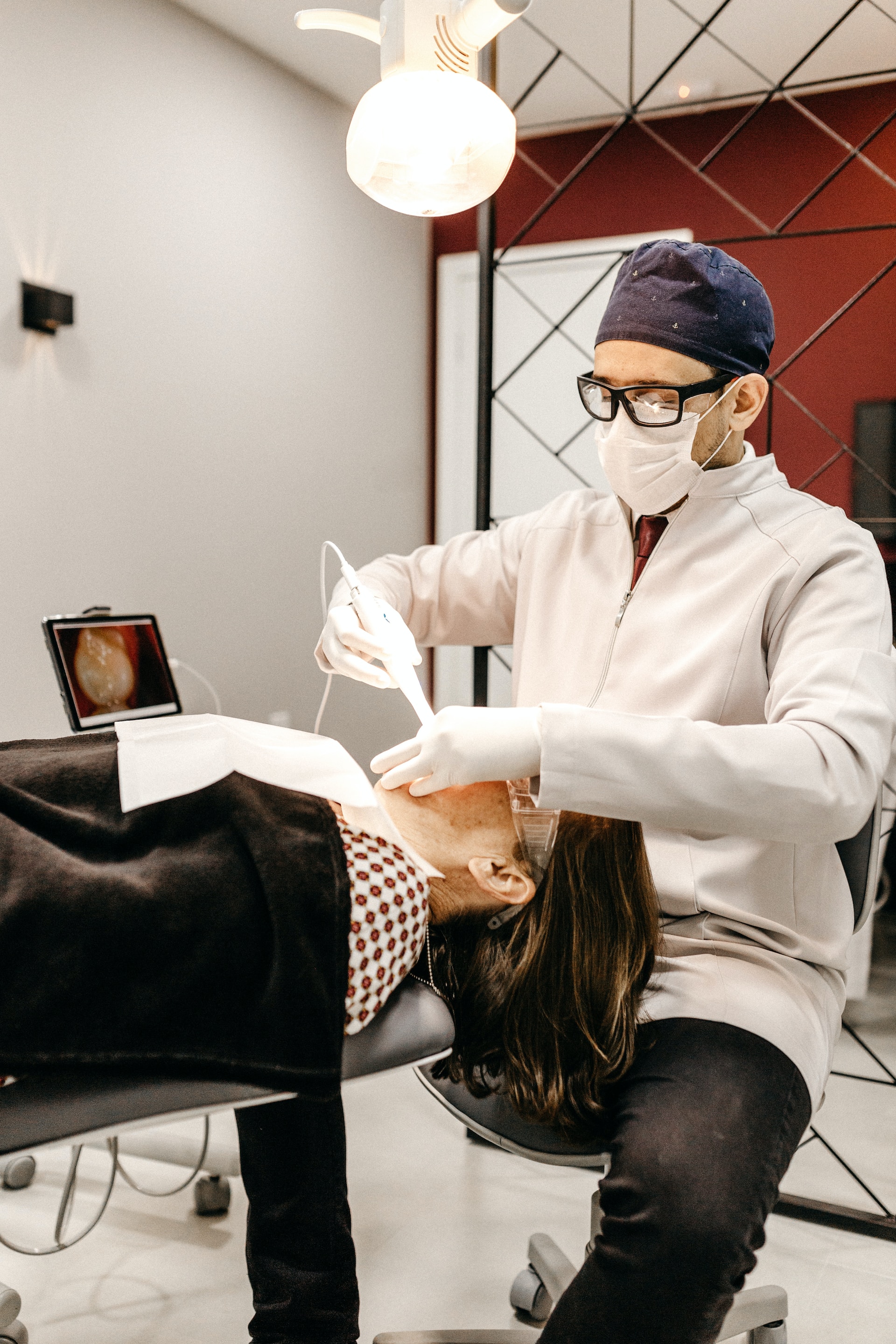
When and why would I need root canal therapy?
Root canal treatment, also referred to as a “root canal,” is a dental procedure required when the pulp or the soft tissue inside the tooth becomes inflamed or infected. While the phrase root canal might instill fear and anxiety in many individuals, it is vital to recognise that this dental process aims at relieving pain, saving teeth, and restoring oral health. We will discuss the reasons why root canal therapy is needed, what are its signs and symptoms that indicate the necessity of this procedure, and how it is done, as well as explain why you should not hesitate to have timely dental care.
Understanding the Tooth Anatomy
If the idea of root canal therapy doesn’t sound right to you, you should be familiar with a little anatomy of teeth to comprehend the necessity of executing one. There are different layers to which each tooth is composed, namely enamel, dentin, pulp, and roots. The pulp which composes the core of the tooth contains blood vessels, nerves, and connective tissue. A root canal is required when this pulp gets infected or inflamed to avoid further complications. Overall, your dentist will let you know whether it is needed or not.
Signs and Symptoms
Distinct signs and symptoms become apparent to the patient indicating there is a need for root canal therapy, which he or she should be keen on. The most common sign of a dental problem is the presence of persistent toothache about ordinary patterns such as when eating something, or if pressure is exerted on the teeth. Inflammation in the pulp may also indicate increased sensitivity to hot or cold temperatures that last even after the stimuli have been removed. Other additional signs of affected pulp include swollen and tender gums, as well as pimples on the gums.
These symptoms can result from many different causes, such as deep cavities, cracked or fractured teeth, repeated dental procedures on a tooth, and traumatic injuries. some cases might not show any signs at all; in this case, regular visits to the dentists will help detect the relatively early stage. Proactive monitoring of these indicators enables individuals to seek timely intervention, preventing an escalation of dental problems and ensuring overall oral health.
The significance of effective early intervention after the specific signals and symptoms of even the slightest dental issues cannot be stressed enough. It is essential to note these signs adequately as they assist in stopping the development of oral problems. The failure to seek immediate treatment for the symptoms of pulp inflammation and infection can lead to bacterial infections that spread, leading to severe complications such as abscesses, bone loss, or even systemic health problems.
The timely diagnosis and treatment are essential factors favoring the preservation of not only an ailing tooth but also holistic health. Early prevention interrupts the potential course of events where there emerge multiple complications out of untreated dental problems. Not only do such people save themselves from extended periods of discomfort, but they also manage their oral and systemic health by addressing the problems in very young stages.
Root Canal Procedure
A root canal is a procedure that involves the elimination of pulp that is affected or inflamed. Modern dental practices have significantly developed, making the procedure quite comfortable and successful despite popular misconceptions. The process typically involves the following steps:
1. Diagnosis and X-rays: To evaluate the damage and need for a root canal, the dentist performs a comprehensive test that is usually supported by X-rays.
2. Anesthesia: The patient is given local anesthesia to offset the pain and make him feel at ease during the procedure.
3. Isolation: The dentist ensures that the affected tooth is saliva-free and dry during the procedure by isolating it using a rubber dam.
4. Access Opening: The pulp chamber is then accessed by a small opening on the tooth surface.
5. Pulp Removal: The infected or irritated pulp is cautiously removed from the canal of the tooth, and then it is prepared for filling.
6. Filling: After the canals are cleaned they are filled with a biocompatible material – gutta-percha to seal it from further infection.
7. Restoration: Following a root canal in many instances a tooth might need to be restored further, such as via the means of a dental crown, which would give support and protect the tooth.
8. Follow-up: Thereafter, the tooth needs to be followed up in regular increments of time to ensure that it heals properly and completely by making sure its long-term success has been achieved.
Myths and Realities about Root Canals
Even though so many procedures have been done in dentistry regarding root canals several myths and misconceptions keep lingering regarding the therapy. One common misconception is that root canals are very painful. In fact, with the present-day anesthesia and techniques, patients feel a little bit of pain during the process. One more misconception is that removing a tooth is a more appropriate option in comparison to a root canal. Nevertheless, retaining one’s natural teeth – by way of root canal therapy in particular -is normally considered desirable as it keeps the dental arch intact and reduces risks of problems such as misalignment of teeth and bite difficulties- which are common sequelae following tooth extraction.
It is rare to have pain from a root canal but, there can be psychological effect that needs to be recognised. It is common for people to suffer from dental anxiety and fear, which are usually built upon their negative experiences or misconceptions about the procedures. Dentists have a critical responsibility in patient education and communication, not only to reduce fear but also to ensure that individuals understand that root canal therapy is indeed beneficial in maintaining oral health.
Preventive Measures
It is better to avoid the necessity of root canal therapy paying attention to anticipatory dental care. Preventive measures include inculcating good oral hygiene habits which include the need to maintain regular teeth brushing and floss. Regular Dental check-ups also enhance timely treatment through early discovery. One of the best ways to avoid root canal therapy is by addressing dental issues in their early stages; this involves treating cavities and fractures before they can become severe. These preventive measures that individuals will partake on for the promotion of their good oral condition are therefore aimed at ensuring cases requiring root canal therapy within such communities may be minimized to the bare minimum and eventually eradicated.
In summary, root canal therapy is an oral procedure aimed at pain relief, salvation of a tooth, and recovery to healthy dentition. Promotion of oral health is essential, and for that reason, it is important to remind people about the need to recognise specific signs and symptoms that would lead them to a dentist suggesting the avenue of root canal treatment for their progress be monitored; explaining certain aspects on signs, symptoms – what are these issues anyway? Modern procedures are used during such therapy to prevent myths from the opponent side. Early intervention along with preventive strategies and routine dental check-ups are important to have a healthy, working smile. Through raising awareness and knowledge about root canal therapy, individuals can overcome dental fear barriers of seeking care in time to be able to improve their general health.





